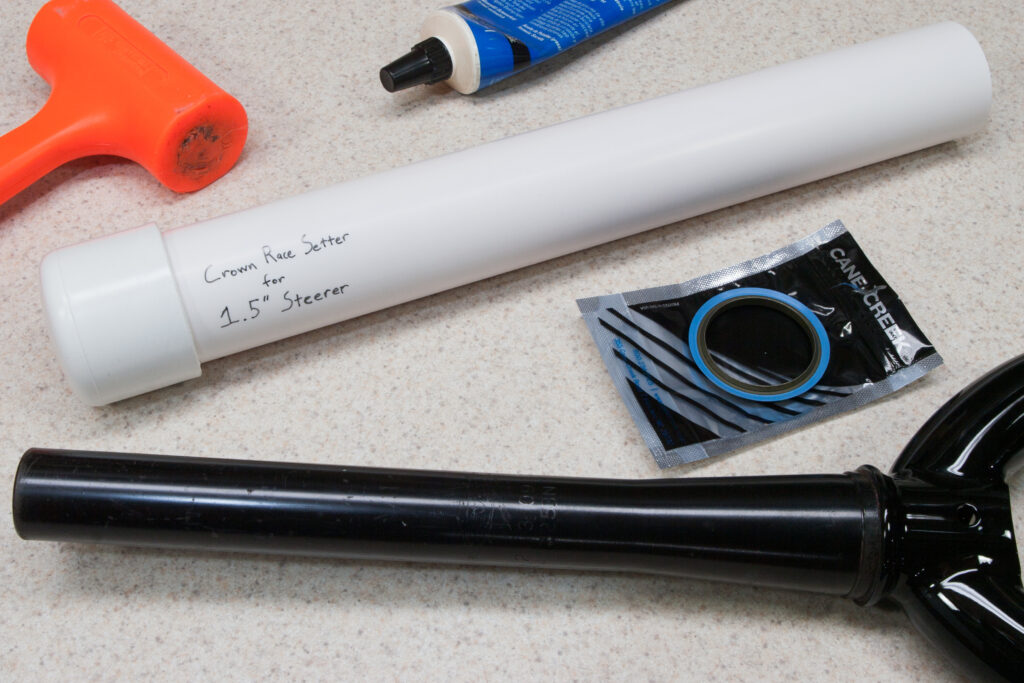After weighing my options for cable tensioning tools I settled on the Hozan C-356 Inner Wire Pliers. These were recommended to me by a few folks, including Daniel Stewart over at Custer Cyclery, and I’m very happy with them. This is a seemingly simple tool that grabs a cable (or cable tie) and pulls it snug. The fairly simple action, but it makes snugging down cables and ties considerably easier than I’d expected; much better than my previous techniques using pliers.
For cables I’d previously used a set of locking pliers to hold the cable, pulling on that while tightening down the bolt. This works, but is a bit quirky and damages the cable more than I care for. Cable ties were handled with regular adjustable pliers and fingers, a two handed job that worked well but was is prone to breaking small ties.
The only difficulty I’ve run into thus far is when trying to use the C-356 to snug down the cable on a 2012-ish SRAM X9 rear derailleur, as the cable’s termination point isn’t really accessible with the tool. Otherwise, it’s been very handy. Most of my uses with it have involved cable ties, but it’s made tightening them down (especially in tight spaces, like inside of fork legs while a wheel is fitted) a breeze.
Leave a Comment








